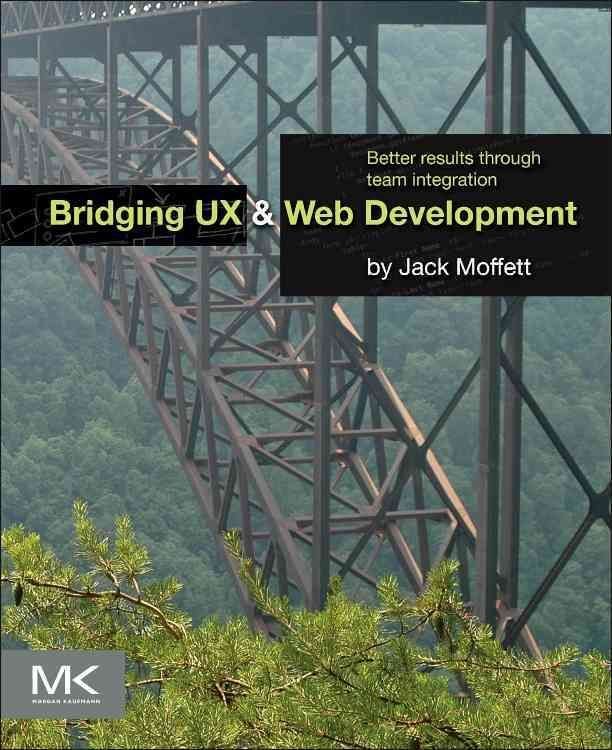Course Overview Whether you’re an IT professional, an aspiring web, mobile or service app developer, a tester, a UI designer or an architect, this Starting with Angular 4 andamp; 5 course will get you right up to speed on Angular versions 5, 4.3, and 4. You will learn to code an Angular project with an online IDE, master frameworks, get to grips with data binding and component nesting, and so much more! Length: 6 hrs Example Video Course Outline Angular Version 5 To keep this course on the cutting edge of Angular technology and be consistent in providing instruction for the features found in the latest Angular release (v5). In this update we addressed the major changes in the Angular version 5 major release. Per our course content, including hands-on coding exercises, there were a few breaking changes in the 5.1 releases which ripped across much of the original project code and also included minor, non-breaking changes which outdated certain aspects of our original content. We’ve updated all of the course’s code-along video content with version 5 code, including: Angular-CLI repositioning andamp; syntax usage related to its repositioning Angular-CLI andamp; npm syntax usage Angular-CLI template output changes Material 2 Library Module massive positioning changes Material 2 inclusion and configuration syntax changes Material 2/Animations Module repositioning Fallout of the above deltas outdated a large percentage of the course’s existing content. Each affected video in the series was updated to reflect the current release. The Angular Forms Module has been in flux since the inception of Angular 2. Fortunately, it has stabilized in the later 4.x releases and we feel comfortable enough in it’s current state to have included it. Forms are a pillar of web-based development and we feel this content adds significant value to the course. While closely tied to the Angular core library, but not included in it, the Material 2 styling library has endured a lengthy, rough development and release lifecycle. As this library is so closely tied to the Angular core, we’ve included content in this video series from the beginning. Again, in this current release, many breaking changes and previously unavailable features were included. We made significant changes to existing content and created additional content to appropriately cover the current state of the Material library. As with prior updates to this video series, we applied incremental improvements to existing content (that was not updated for v.4.3 changes) in an effort to continuously improve the overall effectiveness and appeal of the entire course. Web frameworks can be difficult enough to get your head around at the best of times. When it comes to Angular, it can be especially challenging to keep up; new versions are released every 6 months, and although the latest version is Angular 5, there wasn’t actually an ‘Angular 3’! Confused? Don’t be. This online course will explain it all… Keeping Current with Angular We’re teaching this course in a modular style rather than project-based style so that small changes in Angular can be updated right away, and not affect your ability to learn in any way. Angular for All Understand Angular and how it can make you a better developer Code an Angular project with an online IDE Learn to code with TypeScript Utilize dependency injection to keep your applications lean Implement services in an Angular application Get to grips with component paradigms, pipes, data binding, component nesting and more Master Frameworks Who Is This Course For? This Angular 5 online course was designed for those who already know a little about creating web UIs with JavaScript tools. Those who have experience programming with a common object oriented scripting language will also be at an advantage. However, absolutely no Angular experience is needed to keep up with the lessons. Whether you’re an IT professional, an aspiring web, mobile or service app developer, a tester, a UI designer or an architect, this course will get you right up to speed on Angular 5. What does the course cover? Everything from Angular’s best practices in building components, templates, services, routes and modules to designing and building all of the above. You’ll also learn how to use templates to create your application’s user interface, how to extend HTML with directives, pipes and data binding, and how routing is done with a modular approach. Each of the most important features of Angular 5 have a dedicated section in this course, along with practical exercises to compound your learning and helpful guidance from our expert tutor every step of the way. Don’t worry, we’ve covered all angles so you can learn what you need to know, and fast. By the time you’ve finished, you’ll know how Angular solutions are designed, administered and developed and will have a solid understanding of how to get Angular projects up and running. What is Angular 5? Angular, or Angular JS, is a structural framework for dynamic web applications. In other words, it helps turn simple HTML into cool web apps that actually do stuff (rather than just staying static like a simple informational website would do), by using it as a template then extending its syntax to express components. Angular 4 is the newest and most recent ‘majorly revamped’ version. It is backwards compatible with Angular 2 and 4. Angular Version 4.3 In this update we addressed the major changes in the Angular version 4.3 release (scheduled for early July 2017). Per our course content, including hands-on coding exercises, there were a few breaking changes in the 4.3 beta/rc releases which ripped across much of the original project code and also included minor, non-breaking changes which outdated certain aspects of our original content. With this update we were also able to comfortably include an entirely new course content section focusing on the Angular Forms module. This Angular module has stabilized enough in the v.4.3 release to be included in the course. We updated all of the course’s code-along video content to fix the breaking changes, including: Angular-CLI repositioning andamp; syntax usage related to its repositioning Angular-CLI andamp; npm syntax usage Angular-CLI template output changes Material 2 Library Module massive positioning changes Material 2 inclusion and configuration syntax changes Material 2/Animations Module repositioning Fallout of the above deltas outdated a large percentage of the course’s existing content. Each affected video in the series was updated to reflect the current release. The Angular Forms Module has been in flux since the inception of Angular 2. Fortunately, it has stabilized in the later 4.x releases and we feel comfortable enough in it’s current state to have included it as the topic for an entire new section in this course update. Forms are a pillar of web-based development and we feel this new content adds significant value to the course. While closely tied to the Angular core library, but not included in it, the Material 2 styling library has endured a lengthy, rough development and release lifecycle. As this library is so closely tied to the Angular core, we’ve included content in this video series from the beginning. Again, in this current release, many breaking changes and previously unavailable features were included. We made significant changes to existing content and created additional content to appropriately cover the current state of the Material library. As with prior updates to this video series, we applied incremental improvements to existing content (that was not updated for v.4.3 changes) in an effort to continuously improve the overall effectiveness and appeal of the entire course. Web frameworks can be difficult enough to get your head around at the best of times. When it comes to Angular, it can be especially challenging to keep up; new versions are released every 6 months, and although the latest version is Angular 4, there wasn’t actually an ‘Angular 3’! Confused? Don’t be. This online course will explain it all… What Will I Learn? Understand Angular and how it can make you a better developer Code an Angular project with an online IDE Learn to code with TypeScript Utilize dependency injection to keep your applications lean Implement services in an Angular application Get to grips with component paradigms, pipes, data binding, component nesting and more Master Frameworks Who is This Course For? This Angular 4 online course was designed for those who already know a little about creating web Uis with JavaScript tools. Those who have experience programming with a common object oriented scripting language will also be at an advantage. However, absolutely no Angular experience is needed to keep up with the lessons. More About The Course: Everything from Angular’s best practices in building components, templates, services, routes and modules to designing and building all of the above. You’ll also learn how to use templates to create your application’s user interface, how to extend HTML with directives, pipes and data binding, and how routing is done with modular speech. Each of the most important features of Angular 4 have a dedicated section in this course, along with practical exercises to compound your learning and helpful guidance from our expert tutor every step of the way. Don’t worry, we’ve covered all angles so you can learn what you need to know, and fast. Whether you’re an IT professional, an aspiring web, mobile or service app developer, a tester, a UI designer or an architect, this course will get you right up to speed on Angular 4. By the time you’ve finished, you’ll know how Angular solutions are designed, administered and developed and will have a solid understanding of how to get Angular projects up and running. What is Angular 4? Angular, or Angular JS, is a structural framework for dynamic web applications. In other words, it helps turn simple HTML into cool web apps that actually do stuff (rather than just staying static like a simple informational website would do), by using it as a template then extending its syntax to express components. Angular 4 is the newest and most recent ‘majorly revamped’ version. It is backwards compatible with Angular 2. Learn anytime, anywhere, at home or on the go. Length of Subscription: 12 Months Online On-Demand Access Running Time: 6 hours Platform: Windows andamp; MAC OS Level: Beginner to Intermediate Stream your training via the internet, or download to your computer and supported mobile device, including iPad™, iPhone™, iPod™ Touch and most Android devices. Need to train your Team? Contact Us for Discounts on Multiple Subscription Purchases.












